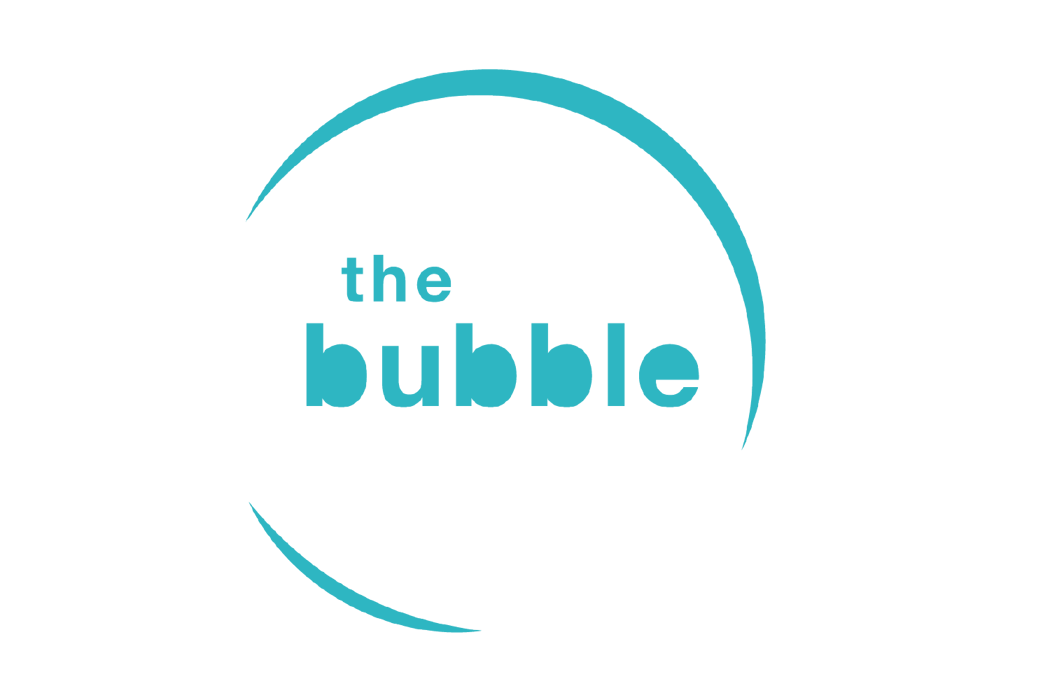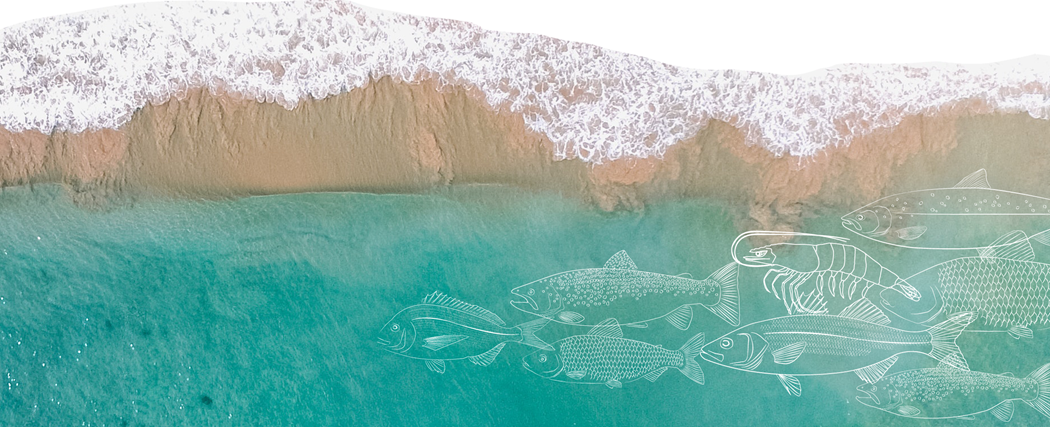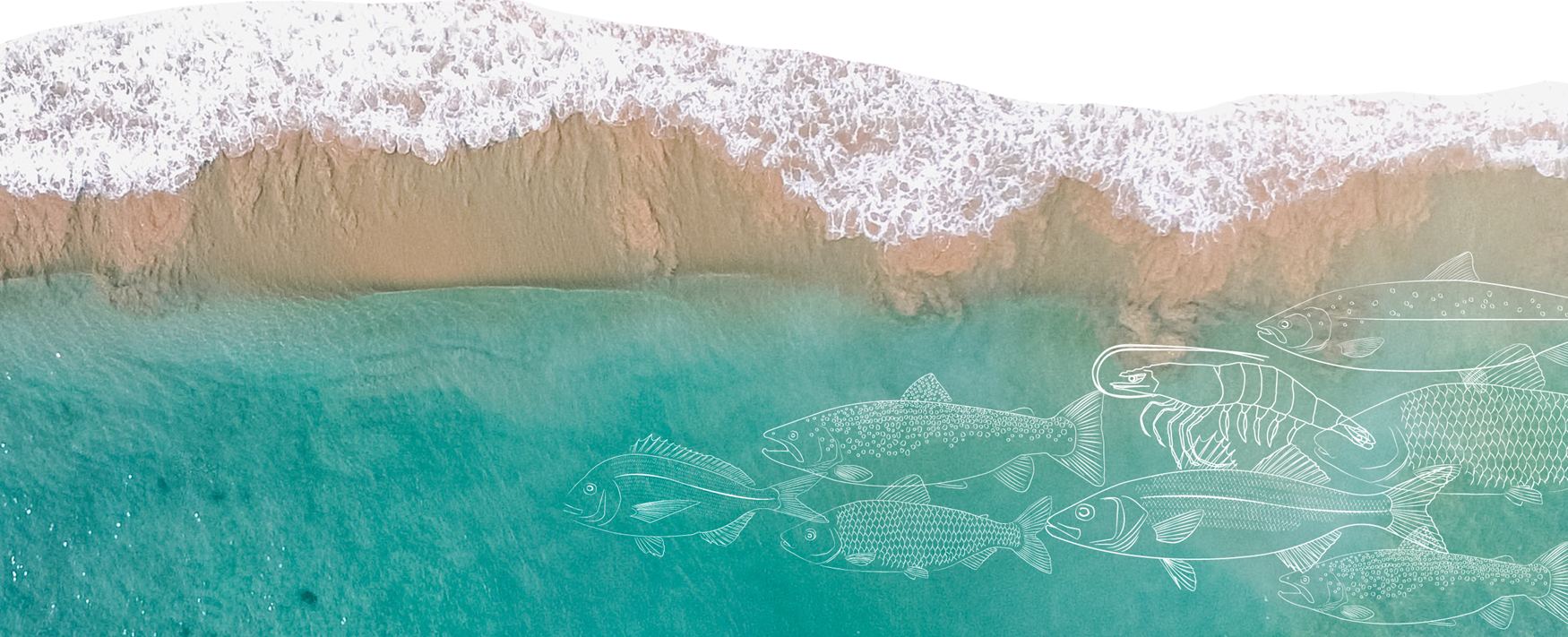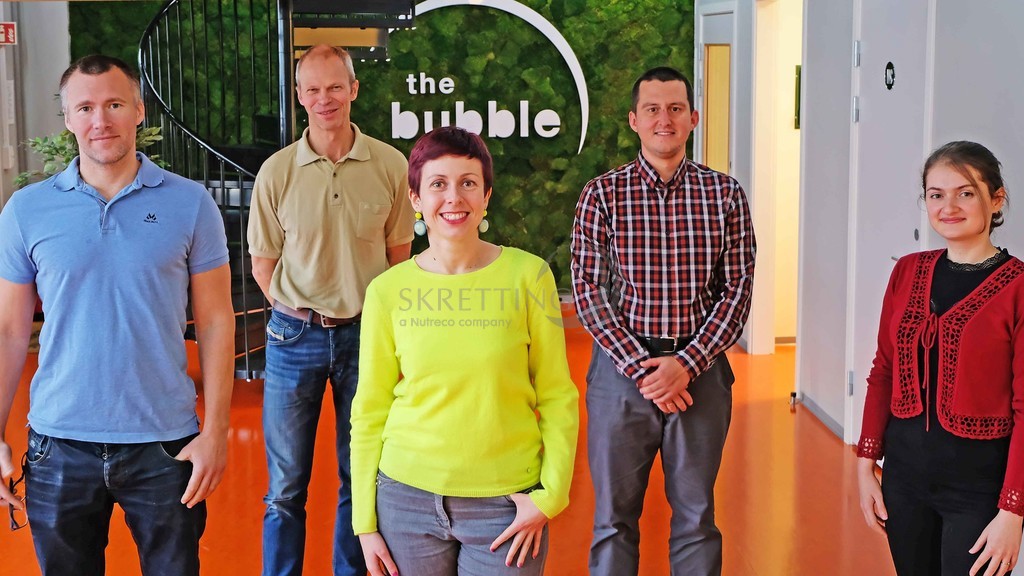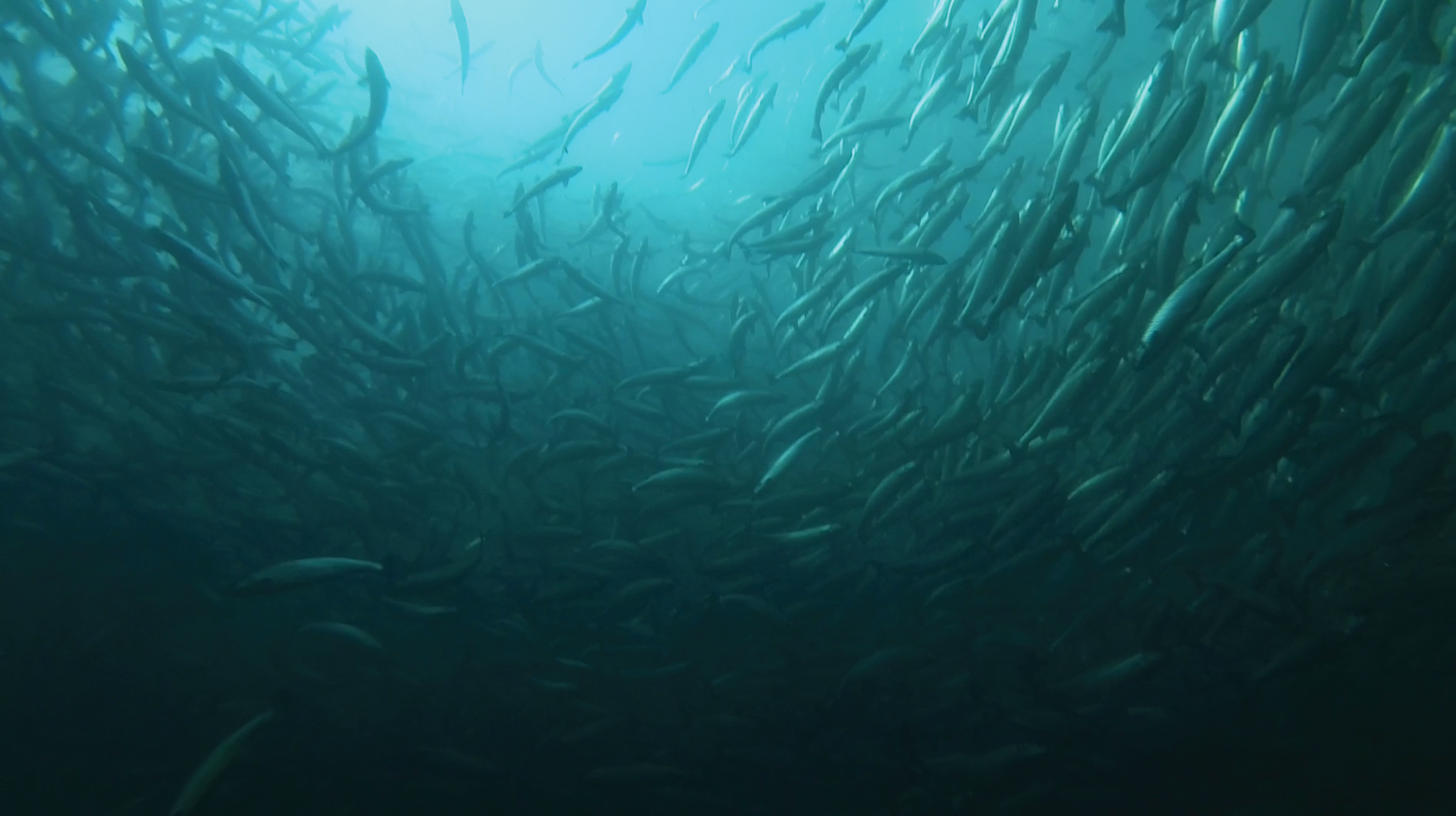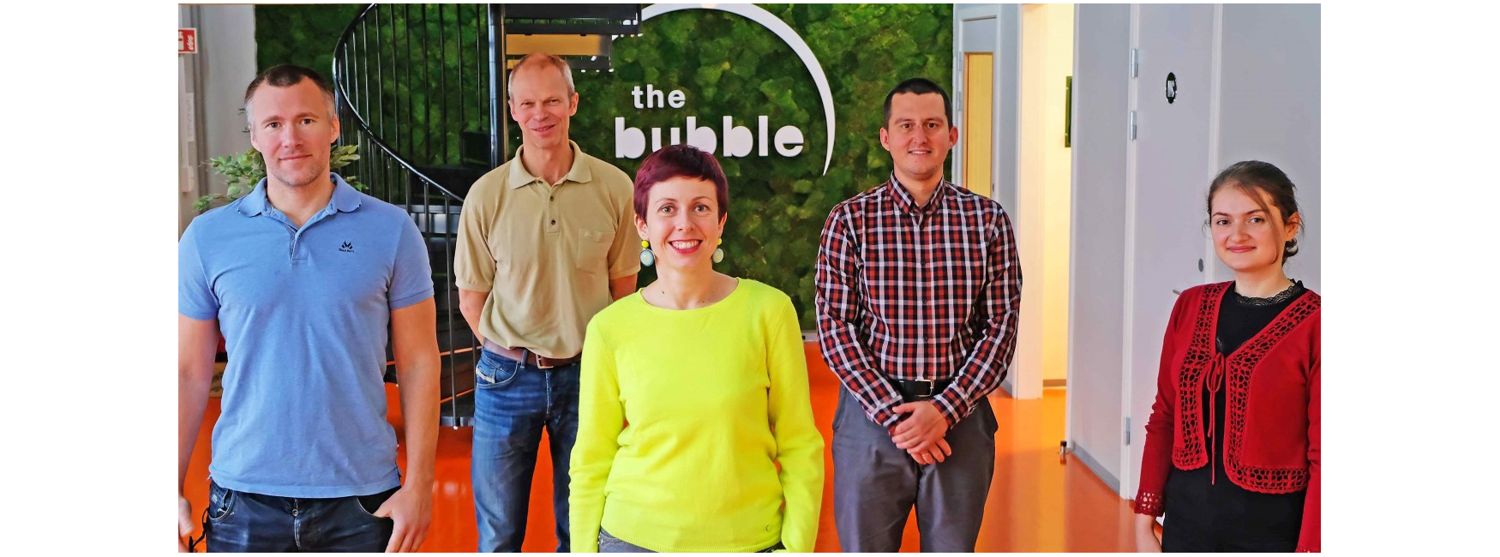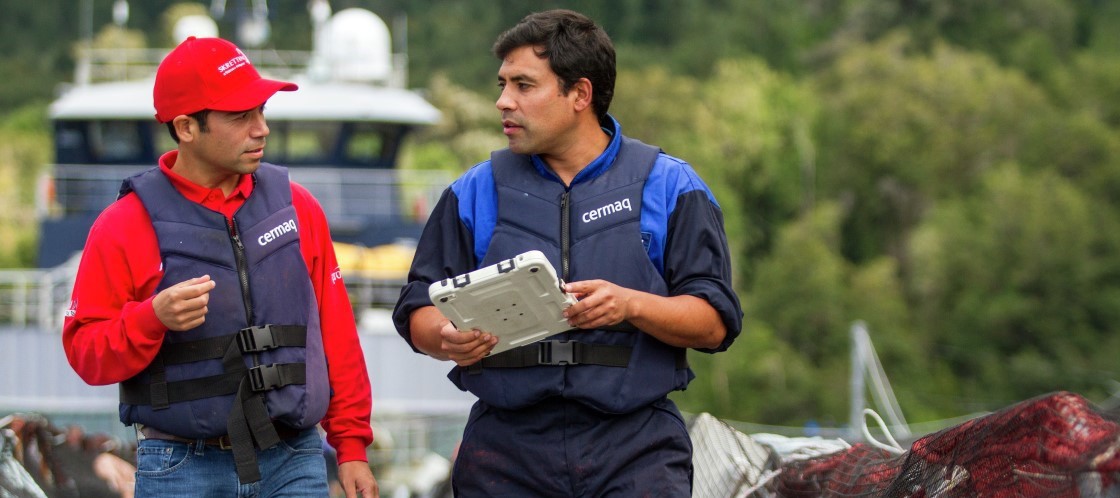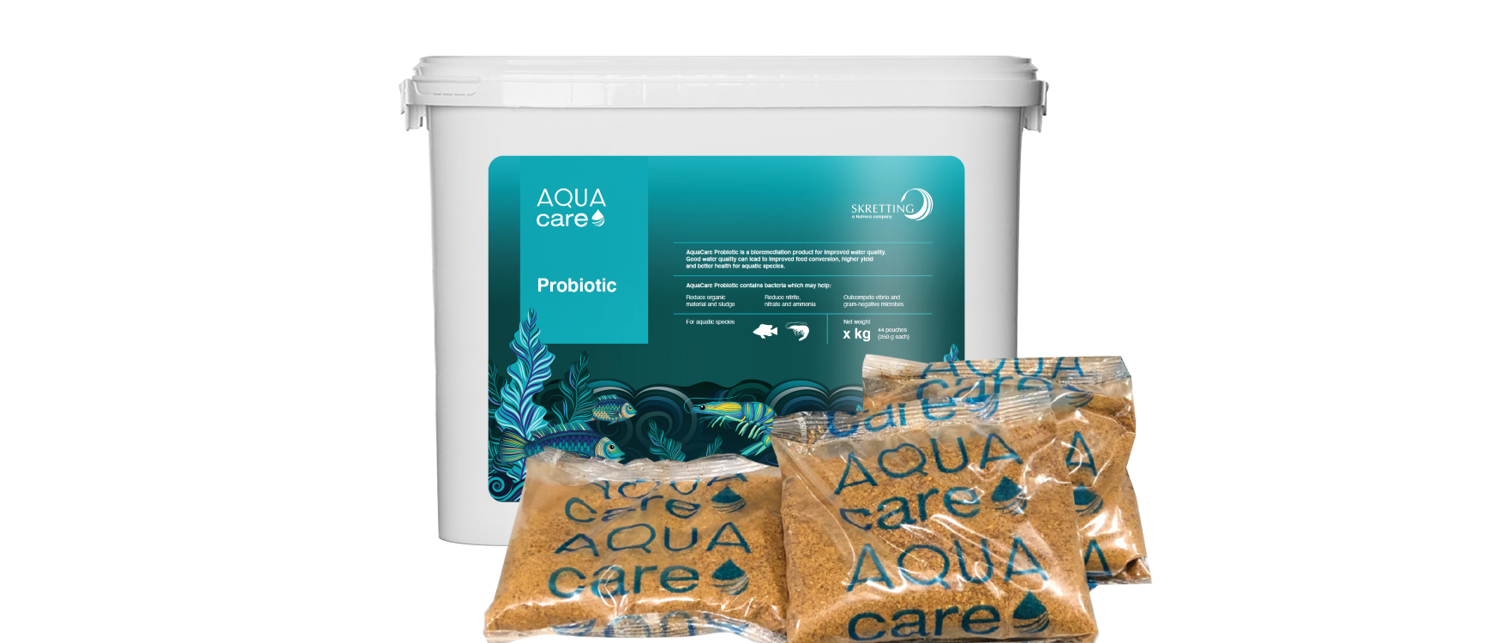“This facility will help us understand mechanisms behind effects, essentially finding out the ‘why’,” said Alex Obach, Skretting R&D Director. “We are not just observing changes, but we are understanding them to a greater extent than ever before. Why do some fish grow better? Why are some more resistant to challenges? When we understand the why, we can go further in our innovation. We are extremely excited about the opportunities these technologies offer Skretting and the aquaculture industry.”
Delphine Crappe, an expert in transcriptomics, biochemistry and cell culture leads the specialised team of scientists at The Bubble. “We have such a unique knowledge pool here in The Bubble, combined with the huge advantage that we can share knowledge and compare interactions daily,” says Delphine. “The intention is to keep growing and continuously evolve to adapt to the new challenges and techniques available in the market.”
